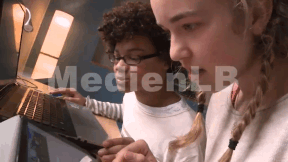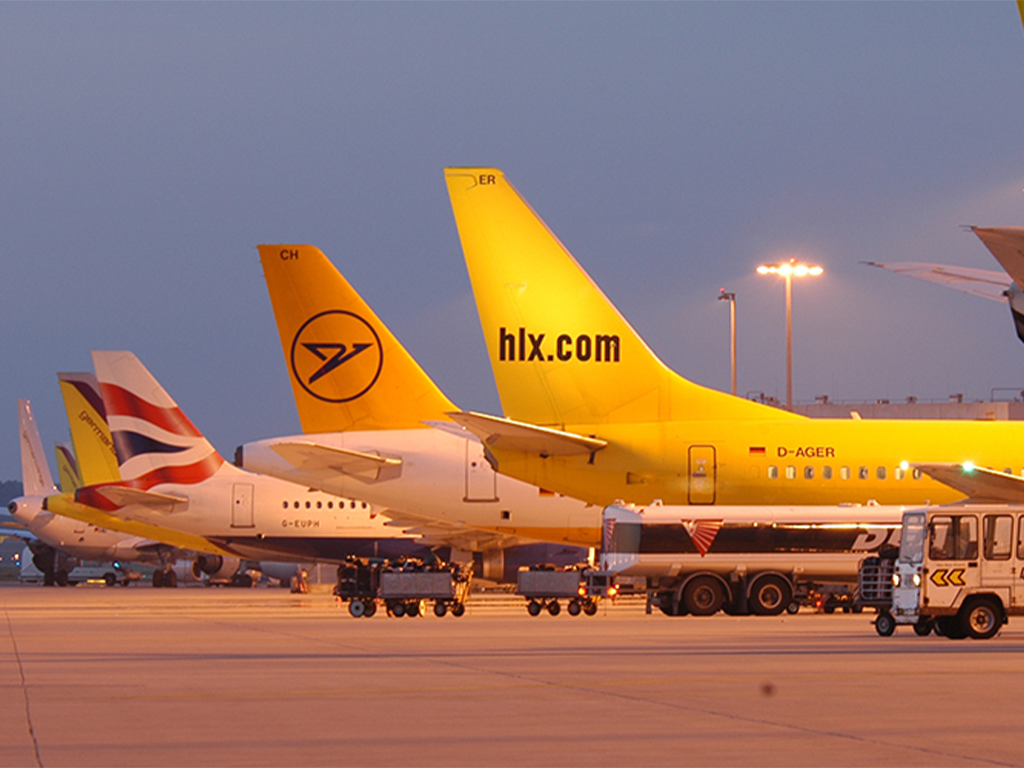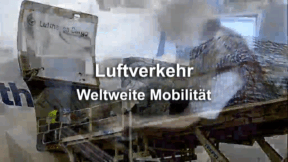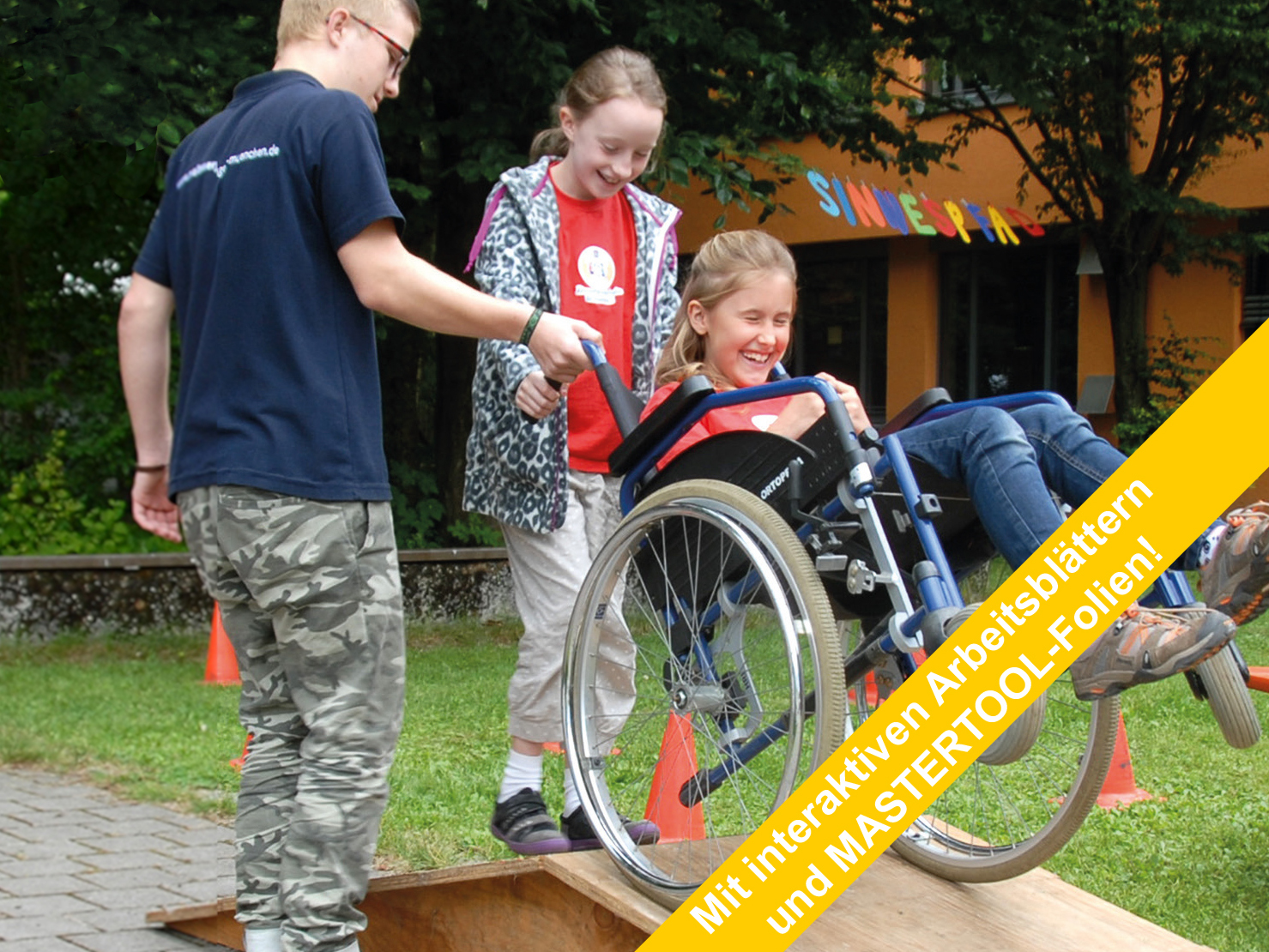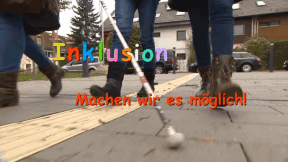 Biology, Primary School
Biology, Primary School
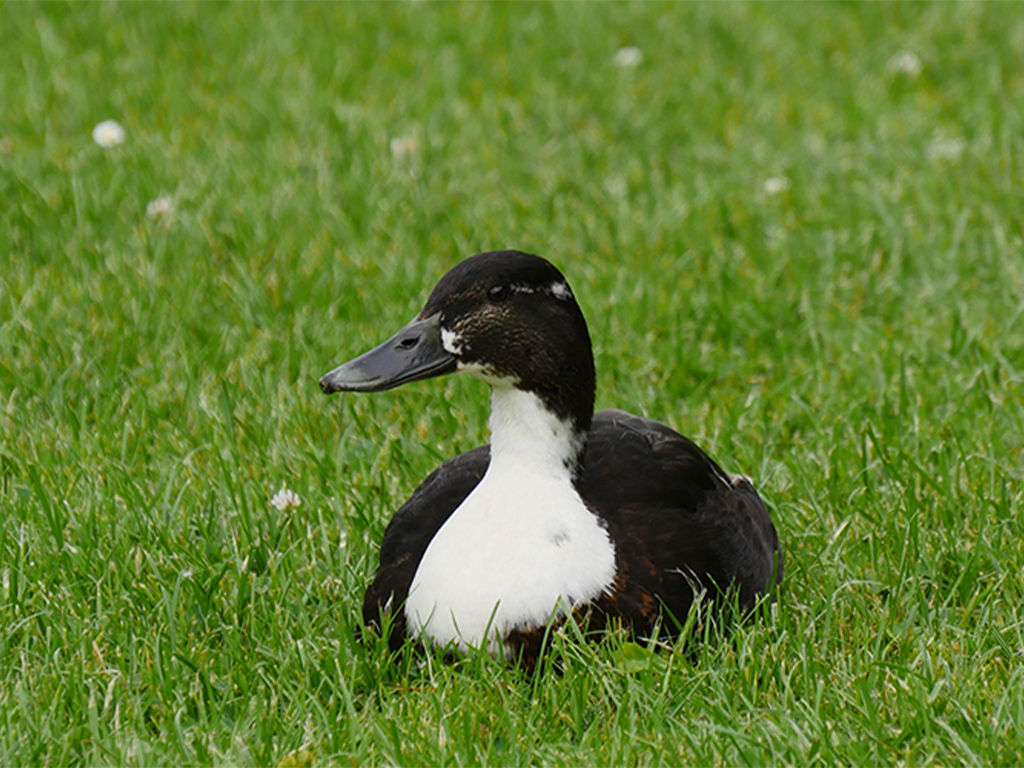

4675554 / 5563702
Ducks
Appearance, Behaviours, Species
Ducks are our best-known water birds. You can watch them on almost any large body of water. Although we come across them frequently, most of us know very little about the lives of ducks. But it is worth our while to look at them more closely.
Ducks, geese and swans, too, are counted among the family of Anatidae. But how is a duck distinguished from a goose or a swan?
Ducks are small in comparison to their relatives. Depending on the species, they are pigeon or chicken sized. Their necks are mostly shorter than those of swans or geese. The duck’s bill is broad and flat in many species. And often the males of the ducks – contrary to geese or swans – are gaudily coloured.

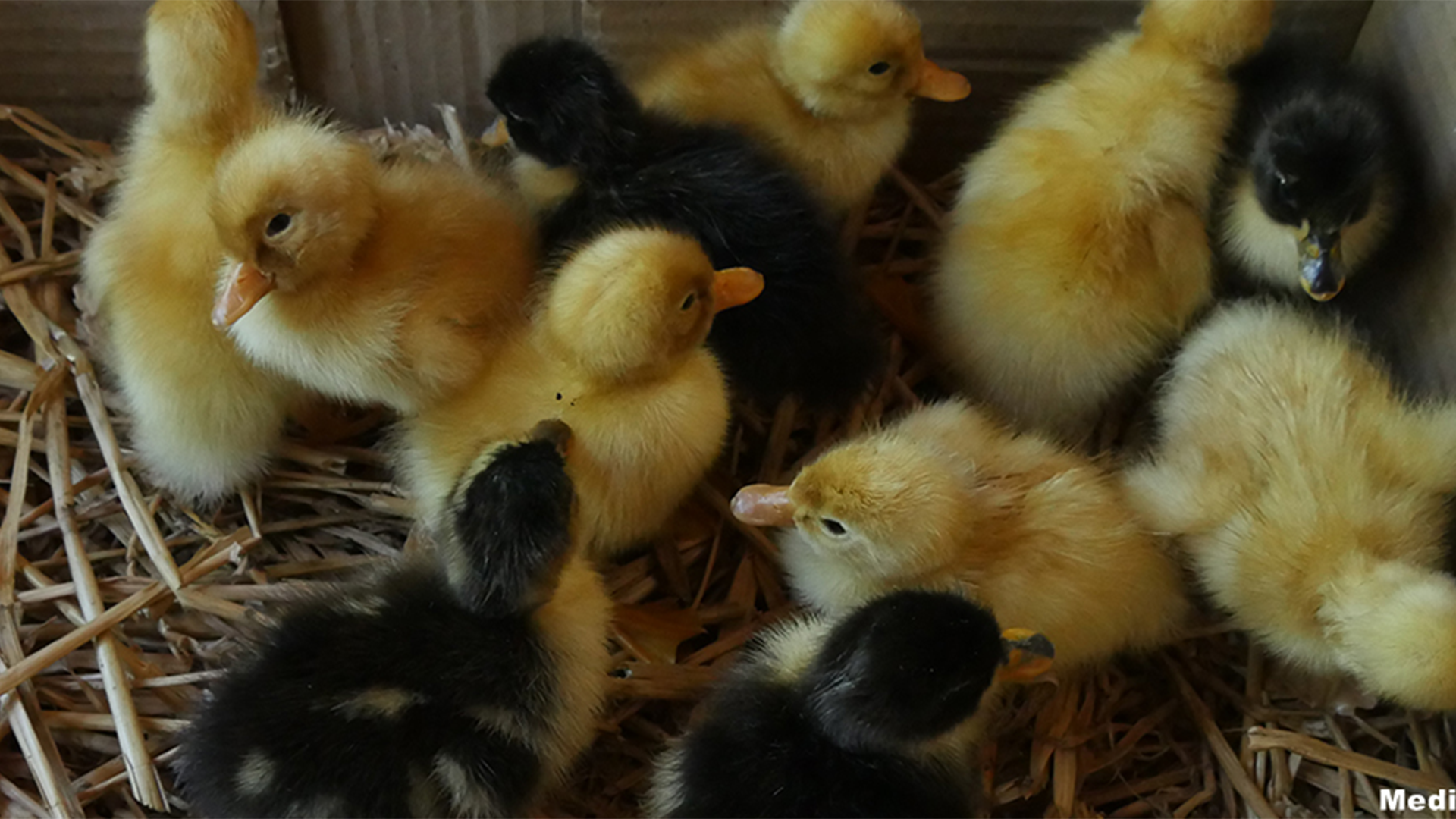
Curriculum-centred and oriented towards educational standards
Matching
Air Traffic
Being able to fly has been a dream of humanity from time immemorial. But it does not even date back a century that people actually started being able to travel through the air. Since the 1960s, the number of flight passengers has been constantly increasing. Thus, the airspace is no longer dominated by birds but by man-made flying objects.
Inclusion
Madita is eleven and blind. She does not want to go to a special school but to a regular grammar school. She says she feels "normal" there. Jonathan is eight and has a walking disability. He likes going to the school where he lives. Here, his best friend sits next to him. Max Dimpflmeier, a teacher who is severely deaf, explains that school life is not easy. Quote Max Dimpflmeier: "You don't want to attract attention, you want to avoid saying that it is necessary for you that 70 people adjust to your situation." People on their way to inclusion.





